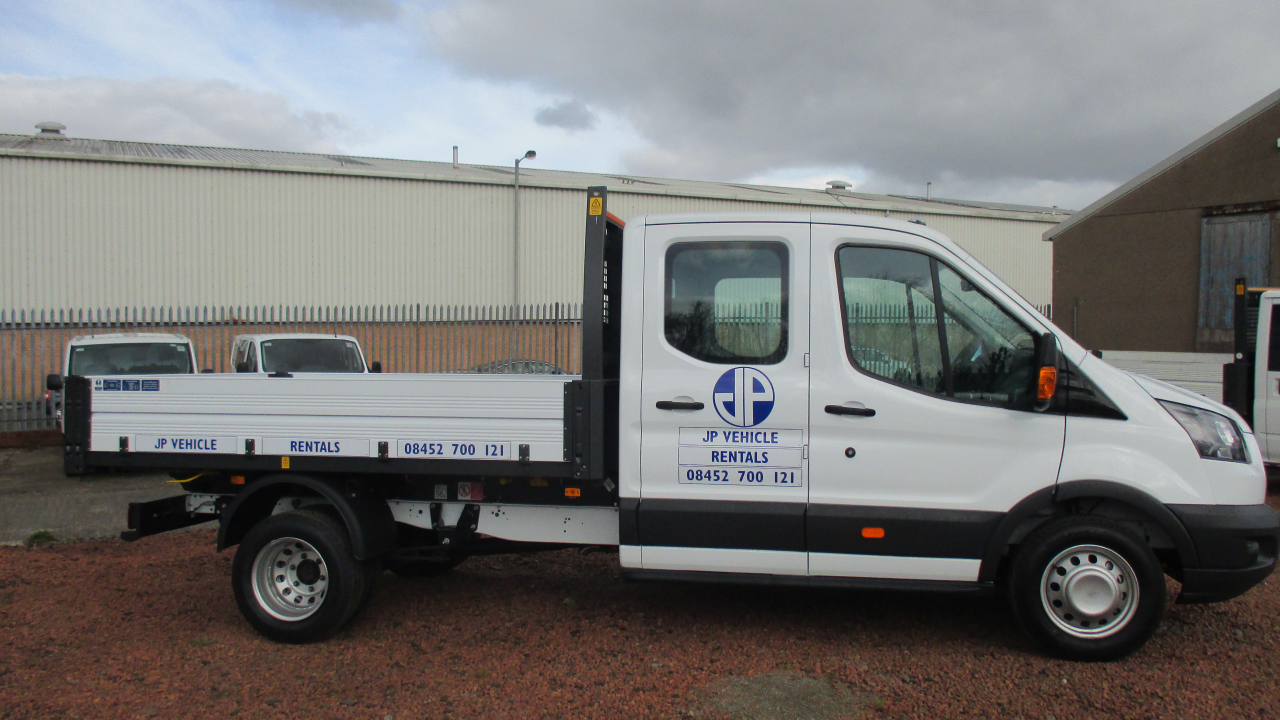Hiring A Van Or Pickup For The First Time?

The prospect of driving a hire van or pickup, particularly a larger vehicle, for the first time can be daunting. Yet their size and versatility mean they’re a convenient, efficient way to transport your goods and materials.
Here are some helpful common sense tips to help you get the most out of hiring a van or pickup from us.
Plan Your Load
What you want to move will dictate the size of van or pickup you hire and for how long. Assessing the weight, volume, composition and type of load you’re planning on shifting will enable you to choose the right size and type of van or pickup. It’ll also allow you to calculate (possibly minimise) the number of trips you’ll need to make, potentially reducing the hire time and price as well as fuel costs. You’ll also need to think about how many passengers you’ll have e.g. if you’re moving items that require several people to unload them.
Consider Additional Features You’ll Need
Does the van or pickup have everything you’ll need to make transporting your goods and materials as easy as possible? For example, for smaller loads, our two-seater cube vans (which transport up to 650kg and 3m3) are very popular as their compact design maximises space, making them a very efficient option. If what you’re transporting is heavy, it might be best choosing our three-seater Luton van (which transports up to 1,200kg and 17 m3) with tail lift to help with loading and unloading. Will you need to tow something? Then our four-wheel drive pickup, either two or five-seater (which transport up to 1,986kg and have a towing capacity of 3,500kg), might be just what you need.
Be Conscious Of The Vehicle Size
The obvious benefit of hiring a van or pickup over a car is that it’s larger, and you can therefore fit more into it at one time. If you’re not used to driving a larger vehicle, here are some of the main things to keep in mind:
- There’s an increase in your turning radius. Care should be taken when approaching corners, and you should make sure to use your external mirrors when reversing.
- Extra attention should be given to protruding signposts, the height of bridges, and any over-hanging trees or power and telephone lines. You may need to pull into the middle of the road to pass under a low bridge without scraping the top. Slow down and be prepared to stop at a bridge with height restriction.
- Vans and pick-ups have an increased safe stopping distance, so make sure you don’t follow the vehicle in front too closely.
- When transporting a load, you’ll need to begin braking sooner than you would in a car. You won’t accelerate as quickly, so pull into faster lanes of traffic with caution.
It’ll be more difficult to maintain acceleration on ascending grades and to slow down on descending. - There are different speed limits for different vehicles for different roads. Find out about UK national speed limits for different vehicle types.
Know What Insurance You Need
When hiring any vehicle, you’ll be offered insurance. Check what’s included in this cover and if it’ll suit your needs and the type of trip you’re making. For example, if you’re using the vehicle for commercial reasons, you may need to take out extra cover for theft or loss.
Have The Correct Documentation
Different vehicles require different types of licence. Check that you have the required entitlement on your driving licence to drive the van or pickup you want to hire. Find out about the different types of driving licence categories. With a standard driving licence you can drive a vehicle with a payload up to 3,500kg.
Check out our range of vehicles for hire.
Interested in finding out more? Please get in touch on 0345 208 4444 or via our contact form.
Contact Us